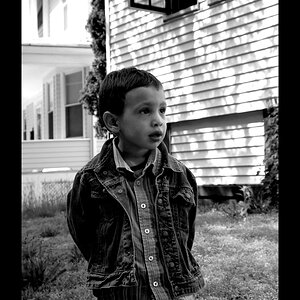gossamer
TPF Noob!
- Joined
- Dec 24, 2013
- Messages
- 234
- Reaction score
- 23
- Location
- New Jersey
- Can others edit my Photos
- Photos OK to edit
Hi, I'm not a complete novice, but I've never done product photography in a professional setting before.
I have a D500 with a 24-70mm and a 70-200mm, and one SB700 and have been referred by a friend to a pet products company to update their product line. This means taking pictures of dog collars, plastic bones, fish supplies, etc.
The location is in their warehouse. I don't have all the details yet, but they apparently have an existing set-up from their previous effort at doing this. They now want to get someone with more experience, yikes. I'm going to get a few pictures of what the environment looks like, although I don't expect they have much on site.
Of course there's so much that's subjective here - level of experience, I believe I have the ability to do this, but have a few questions.
- Is it appropriate to ask for a budget first? I realize this is often times tough, but it would be good to have an idea of how to frame this whole thing - are they looking to just get something done, or do they want a more thorough job? Do you charge by the picture? How do you charge?
- Is the 24-70mm suitable for this? It's a warehouse setting, with "just straightforward product shots on white background", I'm told. There's a Tamron 90mm macro that I thought might be helpful, but I don't imagine it's necessary.
- Any youtube videos you can recommend for product photography tips? They're existing product shots are really quite basic. No shadows, just a picture taken straight on.
- Should I invest in a lightbox and some additional SB700s? Maybe some contractor lights with LED "daylight" bulbs would suffice?
- How long would you expect it to take for 150 products? Of course it depends on experience, etc, but as a general guide, would it be best to allocate a full day?
- There will also be post-processing involved, to make sure the white balance, color, size, etc, are correct. Do you charge by the picture?
- Do you have a contract? Do you get a deposit? Do you make them sign something other than an agreement to pay for the work? Would you try to get involved in an agreement for ongoing work to update the photos?
I'd really appreciate your input.
I have a D500 with a 24-70mm and a 70-200mm, and one SB700 and have been referred by a friend to a pet products company to update their product line. This means taking pictures of dog collars, plastic bones, fish supplies, etc.
The location is in their warehouse. I don't have all the details yet, but they apparently have an existing set-up from their previous effort at doing this. They now want to get someone with more experience, yikes. I'm going to get a few pictures of what the environment looks like, although I don't expect they have much on site.
Of course there's so much that's subjective here - level of experience, I believe I have the ability to do this, but have a few questions.
- Is it appropriate to ask for a budget first? I realize this is often times tough, but it would be good to have an idea of how to frame this whole thing - are they looking to just get something done, or do they want a more thorough job? Do you charge by the picture? How do you charge?
- Is the 24-70mm suitable for this? It's a warehouse setting, with "just straightforward product shots on white background", I'm told. There's a Tamron 90mm macro that I thought might be helpful, but I don't imagine it's necessary.
- Any youtube videos you can recommend for product photography tips? They're existing product shots are really quite basic. No shadows, just a picture taken straight on.
- Should I invest in a lightbox and some additional SB700s? Maybe some contractor lights with LED "daylight" bulbs would suffice?
- How long would you expect it to take for 150 products? Of course it depends on experience, etc, but as a general guide, would it be best to allocate a full day?
- There will also be post-processing involved, to make sure the white balance, color, size, etc, are correct. Do you charge by the picture?
- Do you have a contract? Do you get a deposit? Do you make them sign something other than an agreement to pay for the work? Would you try to get involved in an agreement for ongoing work to update the photos?
I'd really appreciate your input.


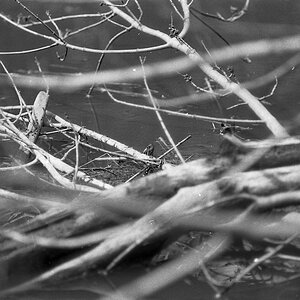
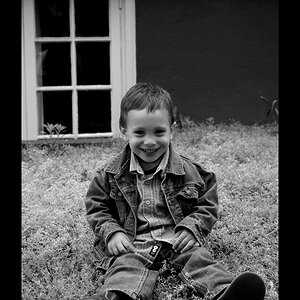
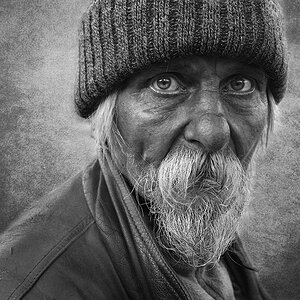
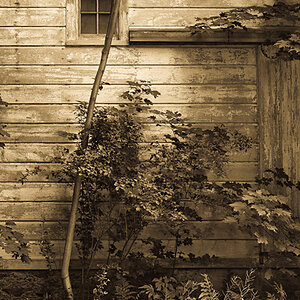
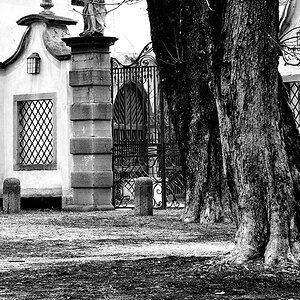
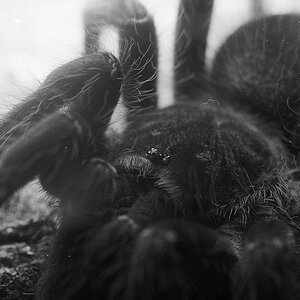
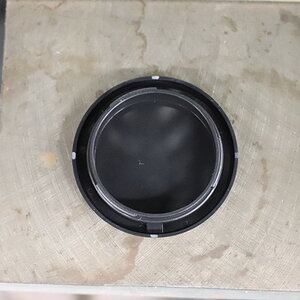
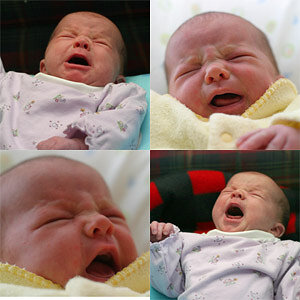
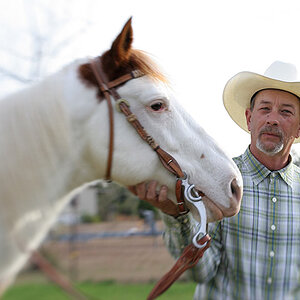
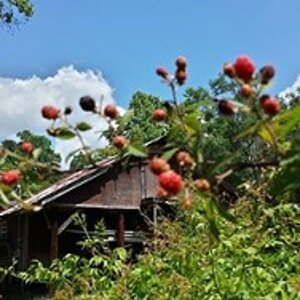
![[No title]](/data/xfmg/thumbnail/37/37612-989c0c475619355f32a5941a187cfa74.jpg?1619738150)
